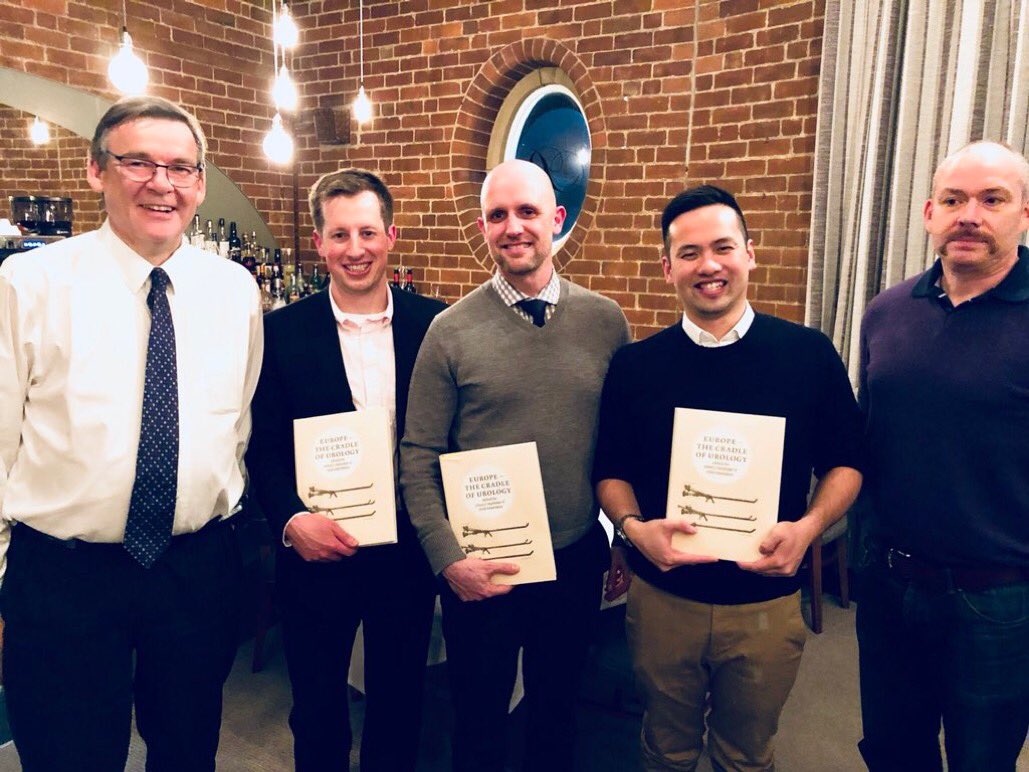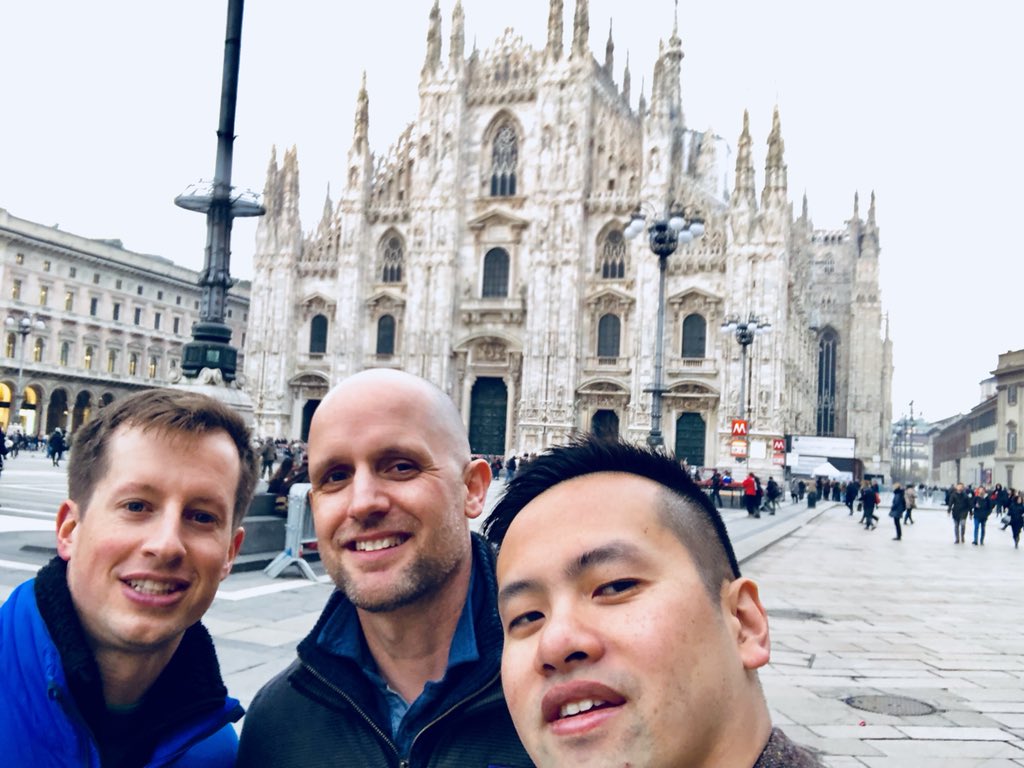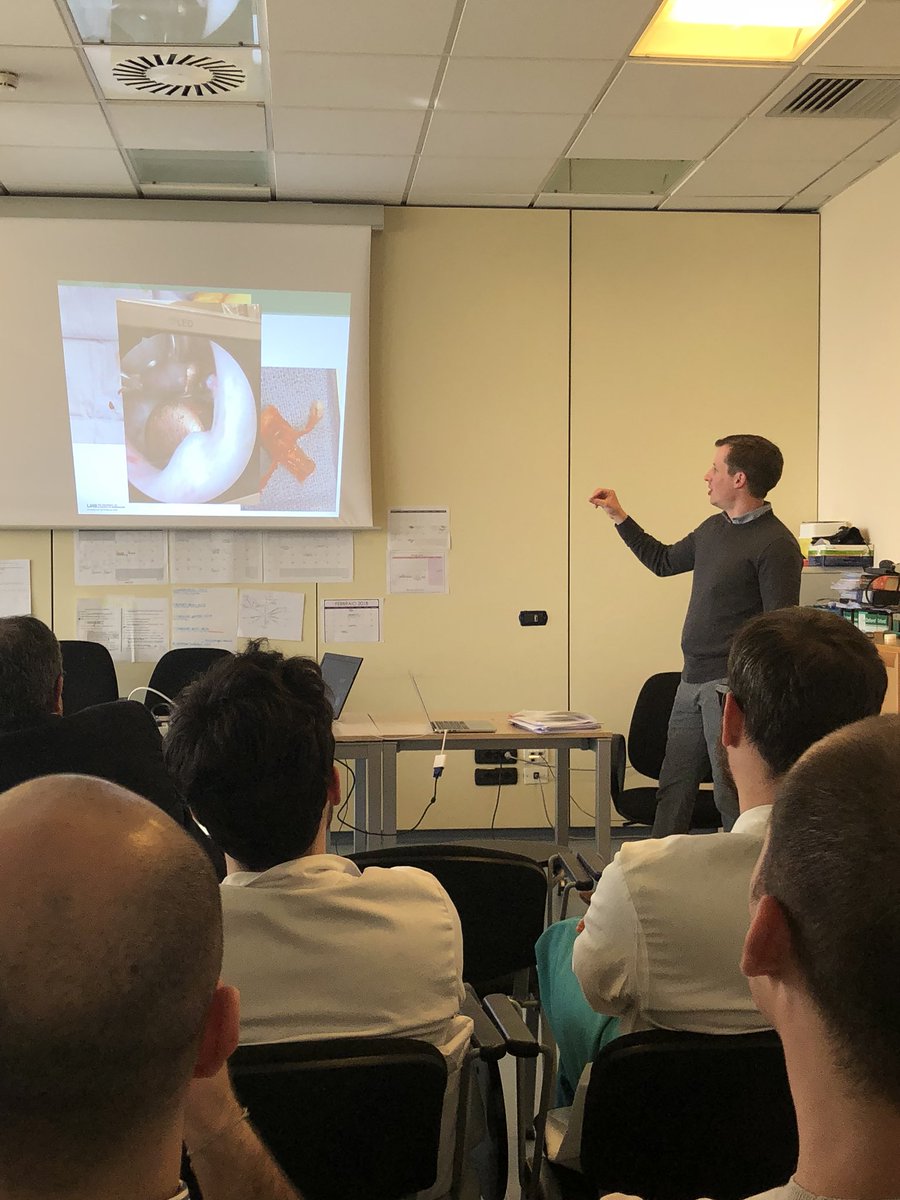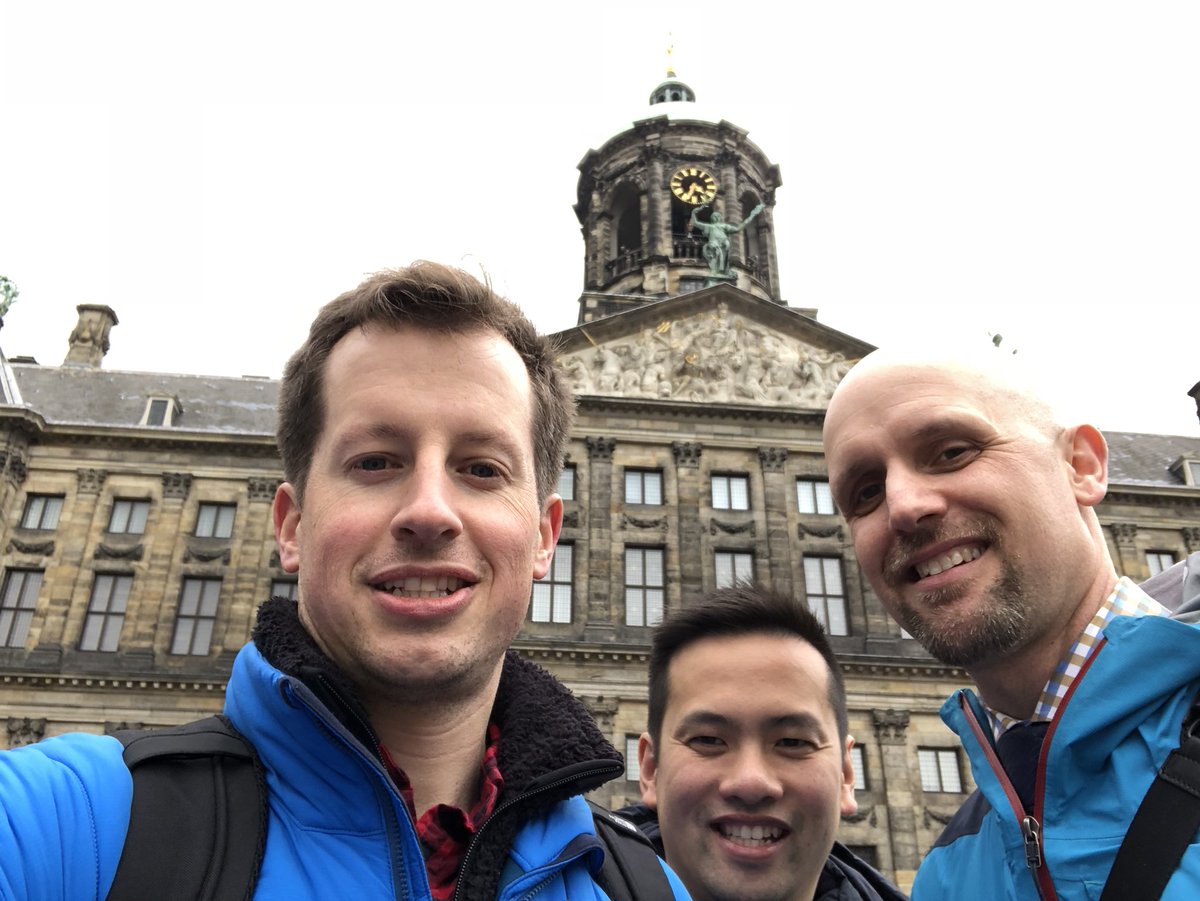Dr. Patrick Selph was chosen to be a part of this year’s American Urological Association (AUA) and European Association of Urology’s (EAU) Academic Exchange Program. The program is designed to provide young urology faculty with an international perspective on urologic medicine and allows the sharing of knowledge and experience between the AUA and EAU. Dr. Selph spent 18 days visiting European institutions and attended the EAU annual meeting in Copenhagen, Denmark.
Dr. Selph writes about his experience:
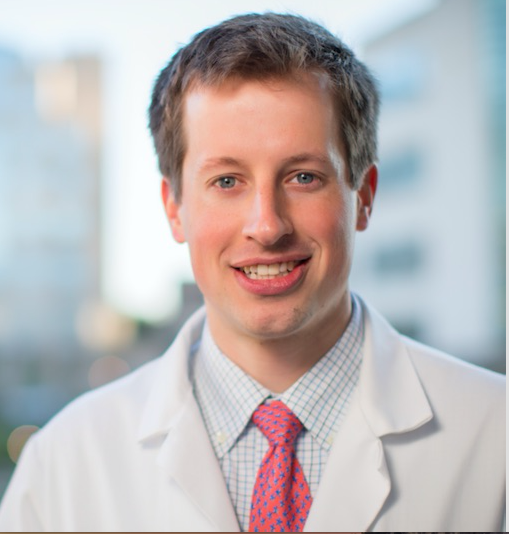 "The trip began in Sheffield, England where I met with Christopher Chapple, the secretary general of the EAU. There, I learned about the nuances of the NHS in England, including how the government system has allowed them to perform many randomized trials on MRI and treatments for prostate cancer. Treatment for patients in NHS have a benign problem and can be many months from the time of diagnosis, but a private healthcare system exists that gives patients the opportunity to get surgeries done quicker but at a cost. I also observed multiple surgeries in England including robotic prostatectomy (they only have the S I robot) and a prone urethral diverticulectomy.
"The trip began in Sheffield, England where I met with Christopher Chapple, the secretary general of the EAU. There, I learned about the nuances of the NHS in England, including how the government system has allowed them to perform many randomized trials on MRI and treatments for prostate cancer. Treatment for patients in NHS have a benign problem and can be many months from the time of diagnosis, but a private healthcare system exists that gives patients the opportunity to get surgeries done quicker but at a cost. I also observed multiple surgeries in England including robotic prostatectomy (they only have the S I robot) and a prone urethral diverticulectomy.
After visiting England, I moved on to Milan, Italy where I spent time with Dr. Francesco Montorsi at San Raffaele Hospital. While Italy also has a nationalized healthcare system, San Raffaele hospital is purely private. Patients come here for surgery and they pay out-of-pocket for cost. The surgeons were very technically gifted, but for lower rate prostate cancer’s you may have to wait one year for surgery.
The next stop on the trip was Nijmegen, The Netherlands. Their healthcare system is nationalized and there is no private insurance whatsoever. Again, this afforded accessibility for patients but benign surgical conditions would usually be operated on in 4 to 6 months. Radboud University Medical Center is also the site of some of the original prostate MRI development, and is a leader in the creation of the PIRADS system. Here, patients had shared rooms with and they often sit at tables talking to each other. While in the U.S. everyone seems to demand a private room, in Europe the patients seemed happy to talk/commiserate with each other during their admissions. Perhaps we will see something similar soon in the U.S.!
The final stop was at University in Copenhagen, Denmark which has the largest urology department in Europe with 95 urologists. They have two separate hospitals, one of which does benign surgery and the other that does cancer surgery. This allowed patients to get their operations sooner than they otherwise would. They largely did all their oncology cases robotically including over 450 intracorporeal urinary diversions.
Overall, it was a great experience to learn the differences between healthcare systems. They were certainly fascinated by the talks I gave on GU trauma (gunshot wounds don’t happen often in Europe!) and the discussion surrounding obesity and how it affects the way we do surgery here versus in Europe. I was able to make some lasting friendships with urologists from the U.S. with whom I traveled as well as relationships with the European centers. I’d highly encourage going to the EAU at least once in your career to see how differently Europeans sometimes think about the same conditions we treat here in the U.S. Last but not least, I’d like to thank Dr. Assimos for letting me travel for almost a month to be able to have this experience!"
